The context of banking industry structure and classifications differ from country to country. Some countries classify banks according to their total assets, while others prefer to measure the size of loans and advances or high-quality liquid assets (HQLA). In some jurisdictions, banks classified as tiers 1 or 2 reflect the relative size of their tier 1 and 2 capital or tier 1 and 2 capitals as a proportion of their risk-weighted assets (RWA). For example, banks with tier 1 and 2 capitals of 8% of RWA are tier 1 banks, and those with tier 1 and 2 capitals to RWA less than 8% would be classified as tier 11. The Tier 1 banks would have tier 1 capital (cash and disclosed reserves) of at least 6% of RWA.
Banks have no tier or ranking beyond their capital size relative to RWA in countries outside Nigeria. The popular Nigerian characterization of tier 1 banks as FUGAZE (FBNH, UBA, GTCO, Access Holdings, Zenith Bank, and ETI) does not exist in other economies. Banks in Europe and the United States of America (USA) are classed as large or small based on the relative size of their assets and deposits and not a fuzzy notion of tier 1 and 2. The fact that other economies choose not to classify the tier their banks belong to does not make the concept wrong, but it calls for an industry-wide consensus on what a tier 1 and 2 bank means.
In the USA, banks have different charters, national and state. The respective charters outline the scope of banking activities and the locational dispersion of business activities ranging from within state borders to across state borders. However, since the Dodd-Frank legislation in 2010, these rigid lines have been blurred, and state banks can now have branches in other states but cannot use the words' national' or 'federal' in their name.
In China, banks are state-owned and considered state-owned enterprises (SOEs). China has had thousands of SOE banks in contemporary times, with many of them closed for mismanagement of loan portfolios and high non-performing credit assets. Rather than initiate a western-style loan recovery process, defaulting creditors in China (until recently) borrowed more money to replace loans that had gone bad. Today China has developed a financial system that revolves around four major banks, namely, the Bank of China (BOC), China Construction Bank (CCB), Industrial and Commercial Bank of China (ICBC), and Agricultural Bank of China (ABC).
These banks are 'tier 1' lending institutions surrounded by a cluster of smaller banks and cooperatives in rural communities. The four big banks are majority-owned by the state but run in-line with best global credit practices. The adoption of private sector management rules and governance oversight has helped the Chinese economy grow without the distraction of massive non-performing loans (NPLs), a vital feature of the Chinese financial sector until the mid-1990s. Loan losses have since escalated, but the bank managements have adopted aggressive loan recovery procedures and tightened their credit appraisal processes in recent years.
Since the early 2000s, foreign banks have found a second home in China, and a few of them have been considered foreign systemically important banks or FSIBs. These banks include JP Morgan Chase & Co. (JPM), Bank of America (BAC), Wells Fargo (WFC), Citi Group (Citi), HSBC, MUFG Bank. Within the present analysis, these banks would also be classified as tier 1 banks in China (see illustration 11 below).
Illustration 11: Understanding How China's Banking Sector Constellates
Countries around the world have banking structures that restrict the classification of banks to asset size, loan portfolio size, the size of customer deposit and the size of their capital stack with a sidebar consideration of the size of tier 1 capital as a proportion of the bank’s total shareholders' funds.
Internationally, banks are moving from the traditional banking ecosystem to a universal arrangement by offering a more comprehensive range of services to their home and host countries (retail banking, investment banking, corporate banking, and wealth management to individual and corporate bodies).
Comparing their services to US banks, few of the banks happen to be universal, while many are still locked in a more restrictive traditional system.
In Nigeria, the concept of tier 1 banks was a nomenclature initiated by an investment bank, Afrinvest, which decided to batch local banks into two principal categories reflecting the size of their assets and customer deposits. The classification stuck and became a convenient metric for bank comparison and decisions about business assessment.
The validity of the categorization and concerns about the static nature of banks considered to qualify as tier 1 and tier 11 (and even tier 111, which represent banks with negative shareholders’ funds) formed the basis for detailed research on what a tier 1 and tier 11 bank means and who qualify to be part of each category.
The evolving narrative of the global financial service sector in the age of decentralized finance (defi) and open banking will add a spin to how capital intervenes in the marketplace of the future. With fintech, telcos and banks entering a phase of "co-opetition," the competitive global financial landscape will be a portrait in fifty shades of grey.
Downloadable Versions of Tier 1 Banks Report (PDF)
1. Executive Summary: Nigeria’s Banking Industry: The Case for Redefining Tier 1 Banks - May 28, 2022
2. Full Report: Nigeria’s Banking Industry: The Case for Redefining Tier 1 Banks - May 28, 2022
 Lagos, NG • GMT +1
Lagos, NG • GMT +1











 5290 views
5290 views




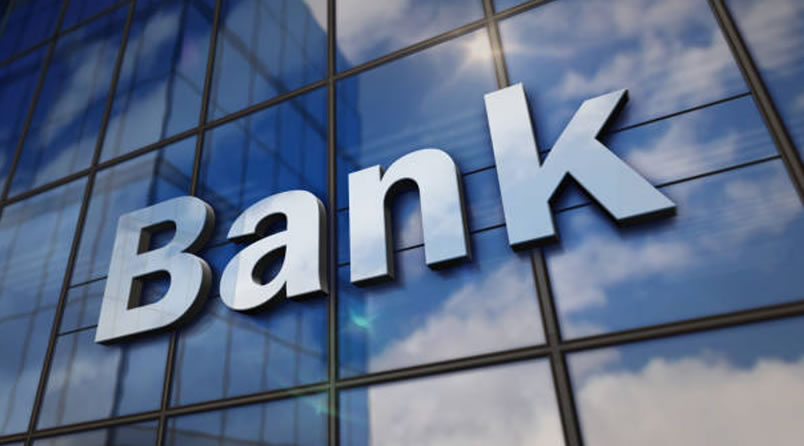
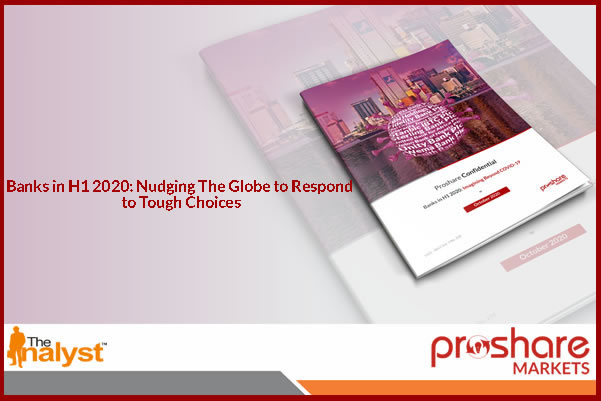



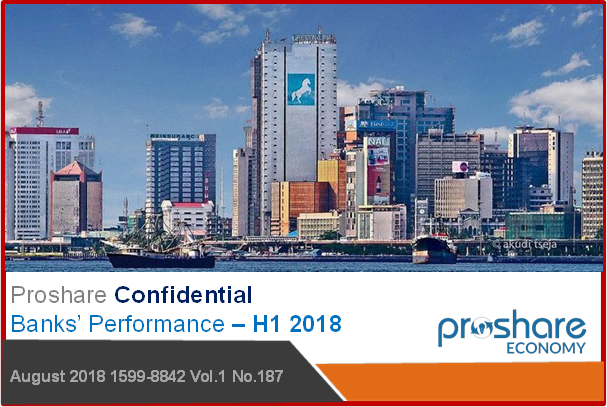
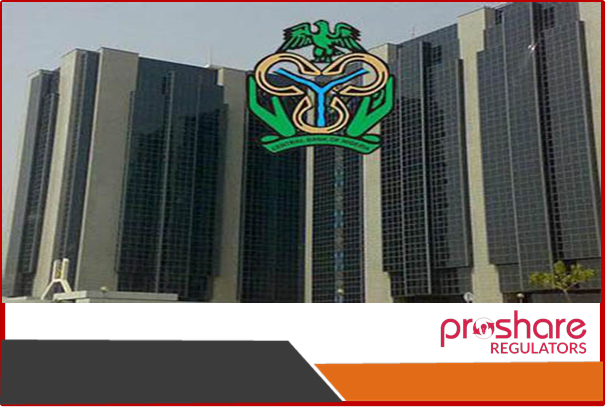

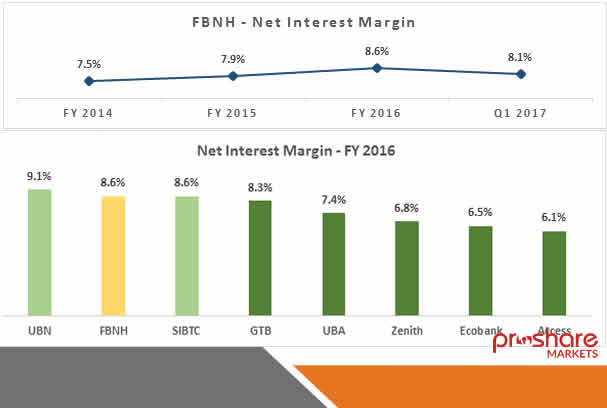






 Sponsored Ad
Sponsored Ad
 Advertise with Us
Advertise with Us









